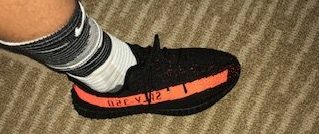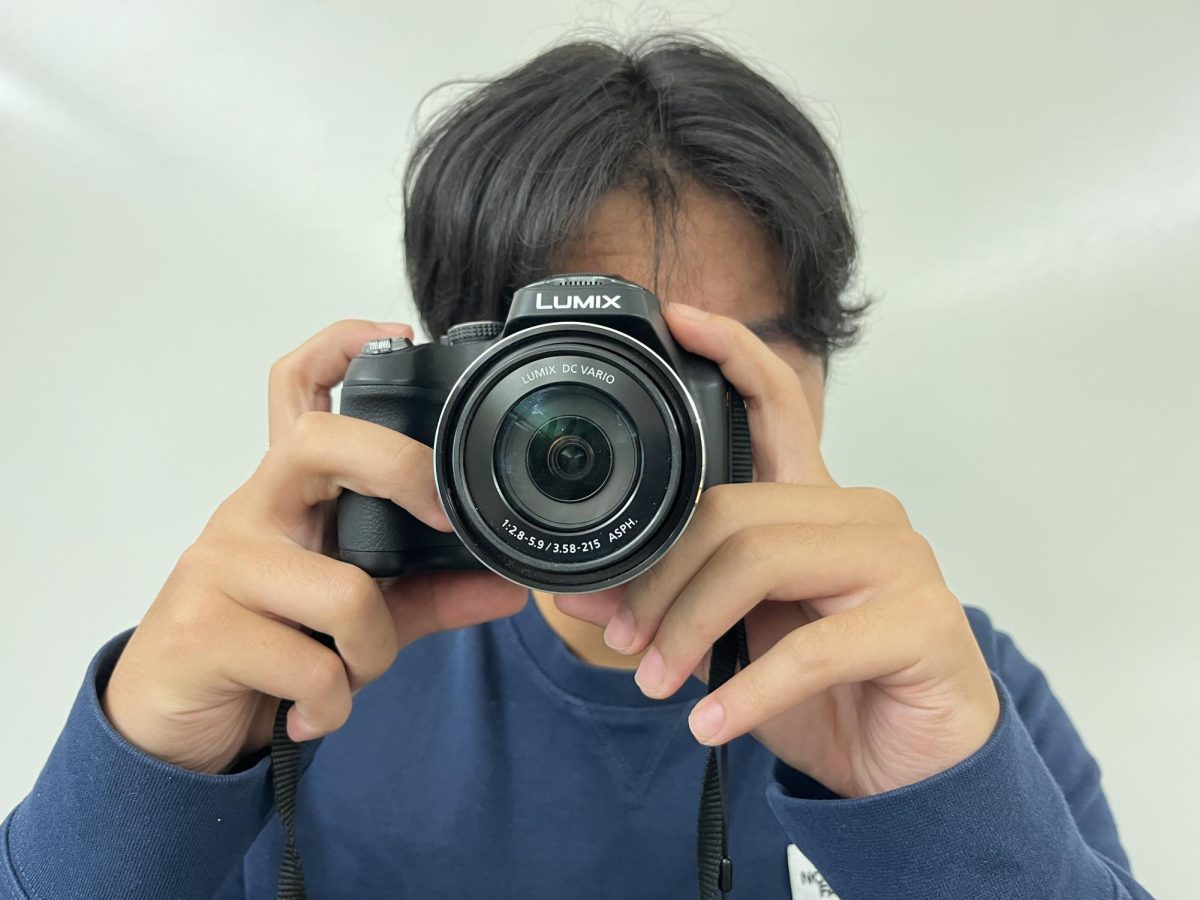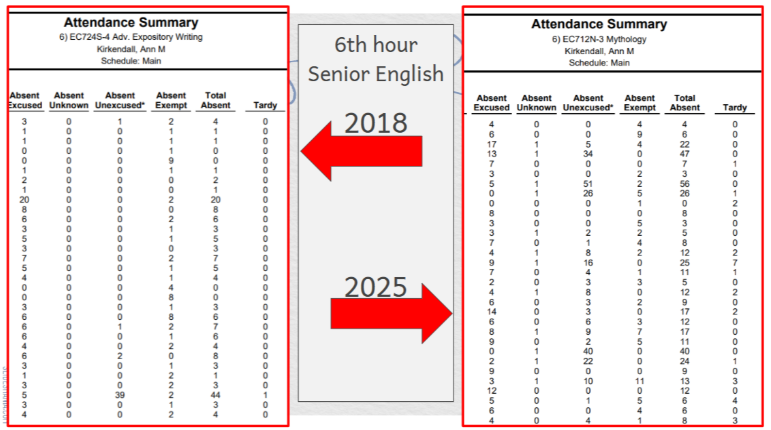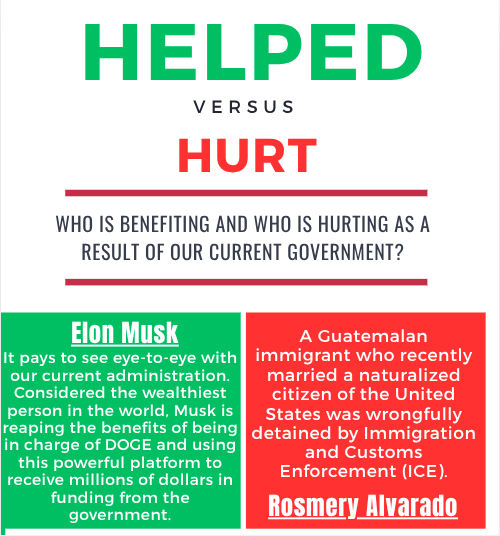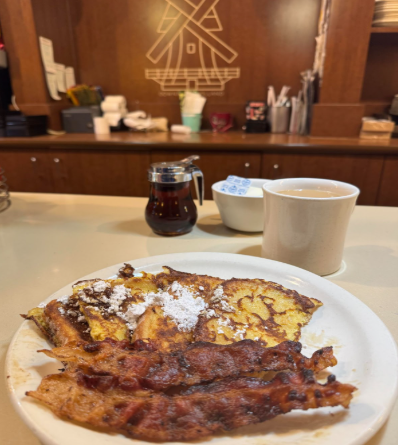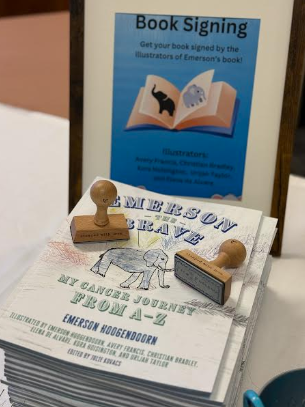I walk out of my hotel on my first day in Shanghai, China, and immediately I notice a man wearing all white Adidas Yeezy 350 shoes, which retail for $300 and resell for upwards of $800. I am surprised to see a guy casually wearing them on the dirty city streets. I shrug it off and assume the guy must just be able to pay for such extravagant shoes.
As I walk to the tour bus, I notice a second person wearing a “Supreme” jacket and red and black Jordan Ones. An outfit like that costs at least $600. I’m once again taken aback because I know both of these items are very expensive.
Throughout my stay in Shanghai, I began to realize these two people were not outliers. Nearly everyone there was wearing clothing that only the richest people in America could afford to casually wear. This trend confused me, until on my last day in China I visited the heart of it all, the black markets.
My trip to the black markets was a last-minute decision our tour guide suggested. As we stepped into the unmarked door, a whole new world of materialism and consumerism emerged.
The walls were packed with Nike, Adidas, Gucci, and Supreme. My friends and I quickly made our way to the closest store selling athletic shoes. We were blown away. As we got closer, we realized the catch; all of the items were obviously counterfeit. There were fake versions of shoes that if real would be worth thousands of dollars, being sold for under $50. My friends and I decided to buy the same pair of Adidas Yeezys in different colors. Normally those shoes resell for around $800, but we got our quality counterfeits for about $40 each.
The experience was unique and enjoyable, but after I returned home I started to think about whether being able to buy all this fake stuff was really just a harmless tourist activity.
As it turns out, all this fake merchandise adds up to create a lot of negative effects for both the brands that sell the real merchandise and the country where they are sold originally. According to the University of Pennsylvania, in 2009 alone, $230 million worth of fake goods were seized at airports. These goods include shoes, shirts, and bags, much like what I found at the black markets. That is a sizeable amount of money that the brands being copied lost, and that is just the goods the airport officials caught. I was able to get my fake shoes into the US easily. The number of goods in total bought by tourists is easily much more than $230 million.
Chinese intellectual property laws aren’t making the situation any easier either. Most of the Chinese patent laws were created relatively recently, with most coming after the US and China entered an agreement on trade relationships. Because of how new these laws are, there are quite a few flaws in the system.
One major flaw is how they award patents. In China, patents are awarded to the first person who files it, unlike in America where the patent is given to the first to invent a product. Because of this, there is little stopping Chinese people from claiming foreign brand products as their own. This means that all the fake goods I saw in the markets were actually patented by the market owners or whoever distributed them to the owners, not the actual brands that made them. Despite those goods being obvious replicas, those market owners were in fact not doing anything illegal according to Chinese law
Another major downfall of Chinese intellectual property laws is their strong socialist incentives. A law passed in 1984 granted patent protection to only “job-related invention-creation.” They did this in order to incentivize people to make goods that would improve the Chinese government and economy rather than creating more materialistic items. This makes it pretty difficult for a brand to challenge the patent rights of the counterfeit sellers because in all reality, if the product doesn’t help the Chinese government, then they probably aren’t going to prioritize that patent.
Once again, there proves nothing legally wrong with what was going on in the marketplace. Because materialistic goods aren’t prioritized in China; the market owners don’t even necessarily need a patent because it is unlikely that they will be successfully challenged in the near future.
The problem of counterfeit goods will only continue to increase as the sellers gradually expand and move into new markets like the internet. If China doesn’t make an attempt to improve their patent laws and prevent counterfeit goods, the brands who make the real goods will continue to miss out on millions of potential profits.
The current agreement between the US and China clearly is not working. It’s time the US reevaluates the Chinese trade agreement and prevents the counterfeit market from expanding and continuing to harm US-based companies.
Now when I see my fake shoes, I know they are not as harmless as I once thought. While buying fake shoes and clothes was fun at the time, the knowledge I now have makes me less happy about buying them. What China is allowing to happen is extremely detrimental to American companies. While these fake goods might seem like a small part of these companies’ profits, as these fake markets expand onto the internet, this small chunk will only grow larger and larger.

